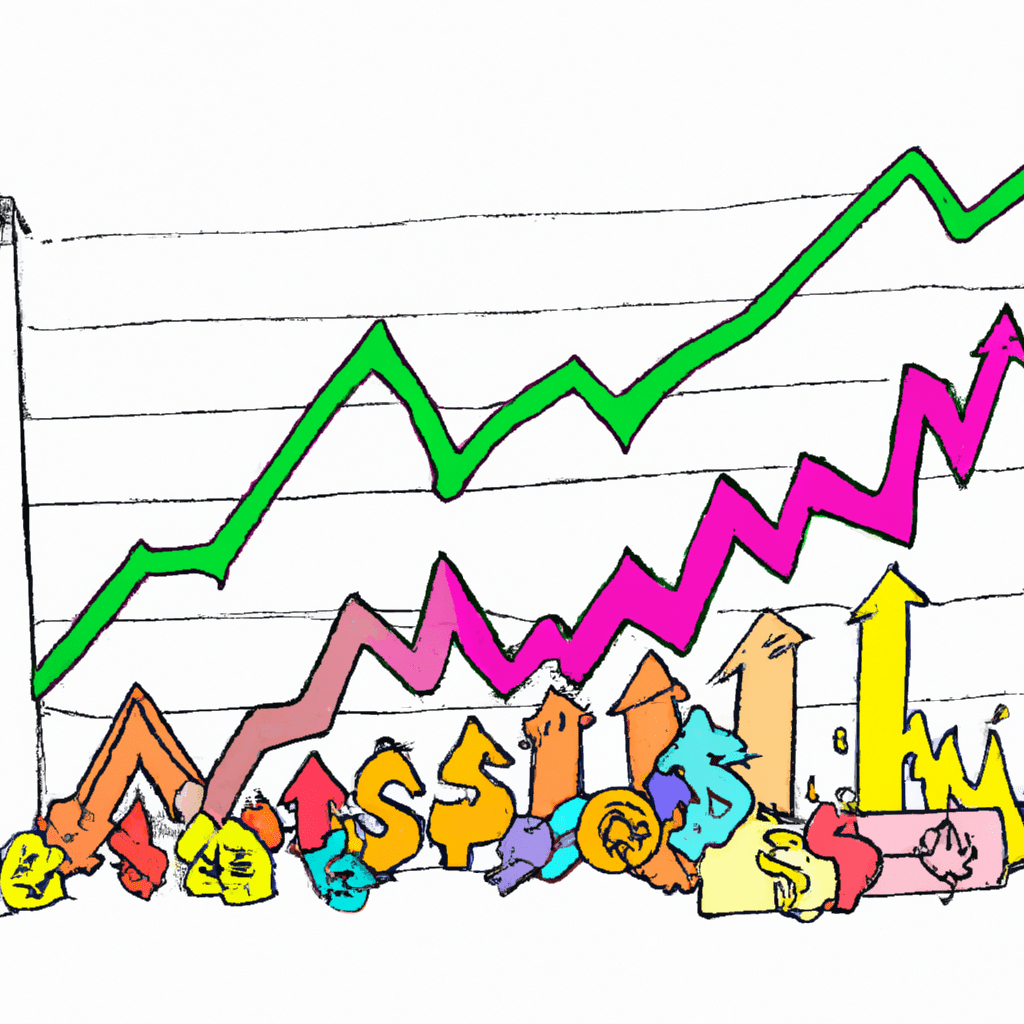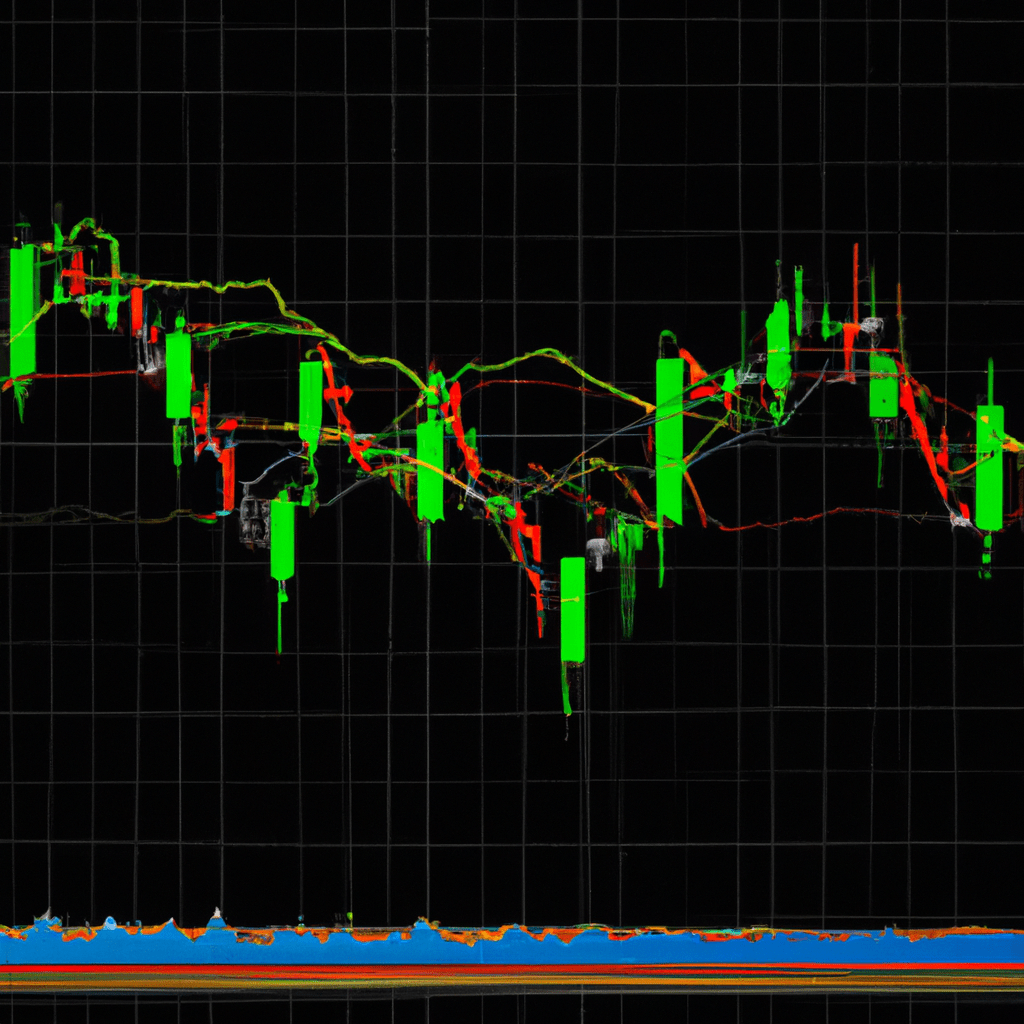This section provides an overview of forex trading, including currency pairs, speculation, leverage, and trading methods like spread-betting and CFD trading. It emphasizes the importance of tools like charts and forex signals for successful navigation of the forex market. The benefits of spread-betting are discussed, highlighting its flexibility, access to leverage, and various tools and resources. The importance of research, a trading plan, and risk management strategies is emphasized. Additionally, the section emphasizes the significance of leveraging forex tools and charts for analyzing market trends, patterns, and trading opportunities. Technical indicators, advanced tools, and other factors like fundamental analysis and risk management are mentioned. Using these tools can improve trading outcomes and increase success in the forex market.
Welcome to our comprehensive guide on Forex Trading, a dynamic and potentially lucrative market that has gained immense popularity in recent years. In this article, we will delve into the basics of Forex Trading, providing you with a solid foundation to navigate the exciting world of foreign exchange. We will also explore the benefits of spread-betting in Forex Trading, a popular strategy that offers unique advantages. Additionally, we will discuss how leveraging Forex tools and charts can enhance your trading strategies, increasing your chances of profitability in the FX markets. So, whether you are a novice trader looking to understand the fundamentals or an experienced investor seeking to refine your skills, this article is packed with valuable insights and practical tips to help you navigate the world of Forex Trading. Let's dive in and explore this fascinating domain of CFD trading.
1. “Understanding the Basics of Forex Trading: A Comprehensive Guide”

Understanding the Basics of Forex Trading: A Comprehensive Guide
Forex trading, also known as foreign exchange trading, is the buying and selling of currencies on the global market. It is a decentralized market where currencies are traded 24 hours a day, five days a week. This global market allows individuals, financial institutions, and corporations to participate in currency trading and profit from the fluctuations in exchange rates.
To start understanding forex trading, it is essential to grasp the fundamental concepts and terminology associated with this market. One key aspect is the concept of currency pairs. Forex trading involves the simultaneous buying of one currency and selling of another currency, with these currencies being paired together. The most commonly traded currency pairs are the major pairs, which include the US dollar, euro, Japanese yen, British pound, Swiss franc, Canadian dollar, and Australian dollar.
In forex trading, traders aim to speculate on the direction in which the exchange rate of a currency pair will move. They can either go long, betting that the currency will strengthen, or go short, betting that the currency will weaken. Traders make profits by buying a currency pair at a lower price and selling it at a higher price or vice versa.
A crucial factor in forex trading is understanding the concept of leverage. Leverage allows traders to control larger positions in the market with a smaller amount of capital. It magnifies both potential profits and losses, making it important to manage risk effectively.
Forex trading offers various trading methods, including spread betting and CFD (Contract for Difference) trading. Spread betting involves speculating on the direction of currency movements without actually owning the underlying assets. On the other hand, CFD trading allows traders to speculate on the price movements of currency pairs and other financial instruments. Both spread betting and CFD trading provide traders with the opportunity to profit from rising or falling markets.
To navigate the forex market successfully, traders rely on various tools and resources. One essential tool is charts, which display the price movements of currency pairs over time. These charts help traders identify trends, patterns, and potential trading opportunities. Additionally, traders can utilize forex signals, which are recommendations or alerts generated by professional traders or automated systems. Forex signals provide valuable insights into potential entry and exit points for trades.
In conclusion, understanding the basics of forex trading is crucial for anyone interested in participating in the foreign exchange market. By comprehending the fundamental concepts, terminology, and trading methods, individuals can navigate this global market with confidence. Utilizing tools such as charts, forex signals, and other forex trading resources can enhance a trader's decision-making process and increase the chances of success in the highly dynamic and lucrative forex market.
2. “Exploring the Benefits of Spread-Betting in Forex Trading”

Spread-betting has emerged as a popular trading strategy in the forex market, offering several distinct benefits to traders. This unique form of trading allows individuals to speculate on the price movements of various currency pairs without actually owning the underlying assets.
One of the primary advantages of spread-betting in forex trading is its flexibility. Traders have the ability to place both long and short positions, meaning they can profit from both rising and falling markets. This flexibility is particularly advantageous in the highly volatile forex market, where prices can fluctuate rapidly. By taking advantage of spread-betting, traders can potentially profit from these price movements in any direction.
Another benefit of spread-betting in forex trading is the ability to access leverage. Leverage allows traders to control larger positions with a smaller initial investment, magnifying potential profits. However, it is important to note that leverage can also amplify losses, so it should be used with caution. Traders must have a solid risk management strategy in place to mitigate the potential downside of leverage.
In addition, spread-betting provides traders with access to a wide range of forex tools and resources. These include advanced charting software, real-time market data, and trading signals. By utilizing these tools, traders can make more informed trading decisions and potentially increase their chances of success. Additionally, spread-betting platforms often offer a variety of order types, allowing traders to implement different strategies and manage their trades effectively.
Spread-betting also offers traders the opportunity to access global forex markets. With a wide range of currency pairs available for trading, traders can take advantage of various opportunities across different time zones. This global accessibility allows for increased market exposure and potential profit opportunities.
Furthermore, spread-betting in forex trading is often associated with tax advantages in certain jurisdictions. In some countries, profits from spread-betting are not subject to capital gains tax, making it a more tax-efficient trading strategy compared to traditional forex trading.
In conclusion, spread-betting in forex trading offers several benefits that make it an attractive option for traders. Its flexibility, leverage, access to forex tools, global market exposure, and potential tax advantages make it a valuable tool in a trader's arsenal. However, it is crucial for traders to conduct thorough research, develop a solid trading plan, and employ risk management strategies to maximize the benefits and mitigate potential risks associated with spread-betting in forex trading.
3. “Leveraging Forex Tools and Charts for Profitable FX Trading Strategies”

When it comes to forex trading, leveraging the right tools and charts can significantly enhance your chances of implementing profitable trading strategies. The forex market is highly dynamic and constantly changing, making it crucial for traders to stay updated with accurate information and utilize the right tools to make informed decisions.
Forex tools and charts are essential resources that provide valuable insights into the market trends, patterns, and potential trading opportunities. These tools can help traders analyze historical data, track price movements, and identify entry and exit points for trades. By leveraging these tools effectively, traders can develop robust trading strategies and increase their chances of making profitable trades.
One of the most commonly used forex tools is charts. These charts illustrate the price movements of currency pairs over a specific period, allowing traders to visually analyze market trends. Traders can choose from various types of charts, such as line charts, bar charts, and candlestick charts. Each chart type offers different levels of detail and can be used to identify patterns, support and resistance levels, and trend reversals.
Furthermore, forex tools often provide technical indicators, which are mathematical calculations based on historical price and volume data. These indicators help traders identify potential entry and exit points by generating buy or sell signals. Popular indicators include moving averages, relative strength index (RSI), and stochastic oscillator. By combining multiple indicators and analyzing their signals, traders can develop a more comprehensive trading strategy.
In addition to charts and indicators, forex trading platforms also offer advanced tools like economic calendars, sentiment indicators, and news feeds. Economic calendars provide information on upcoming economic events and reports that may impact currency prices. Sentiment indicators measure the market sentiment, indicating whether traders are bullish or bearish on a particular currency pair. News feeds keep traders informed about the latest market news and developments that may influence currency prices.
It is important to note that while forex tools and charts can provide valuable insights, they should not be solely relied upon for trading decisions. Traders must also consider fundamental analysis, market sentiment, and risk management strategies to make informed trading choices.
In conclusion, leveraging forex tools and charts is essential for developing profitable trading strategies in the forex market. These tools allow traders to analyze market trends, identify potential trading opportunities, and make informed decisions. By combining technical analysis with other crucial factors, traders can increase their chances of success in forex trading. So, whether you are a beginner or an experienced trader, utilizing the right forex tools and charts can significantly improve your trading outcomes.
In conclusion, forex trading offers individuals the opportunity to engage in a dynamic and potentially profitable market. By understanding the basics of forex trading, exploring the benefits of spread-betting, and leveraging forex tools and charts, traders can develop profitable strategies in the FX markets. With the availability of forex signals and advanced forex tools, such as CFD trading, traders can make informed decisions and navigate the complexities of the forex market with confidence. Whether you are a beginner or an experienced trader, the forex market provides numerous opportunities for success. So, equip yourself with the knowledge and tools necessary to navigate the world of forex trading and seize the potential for financial growth.





